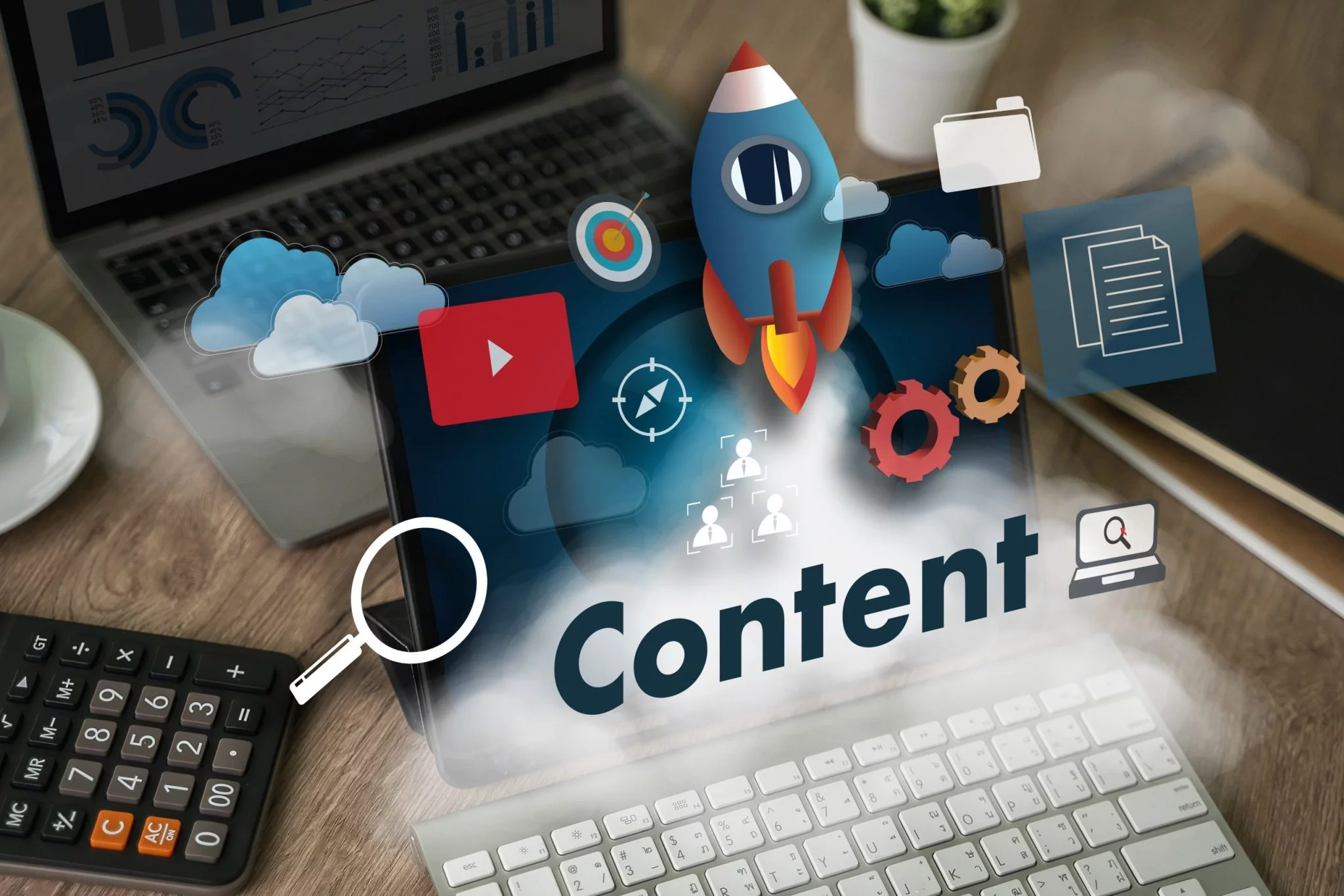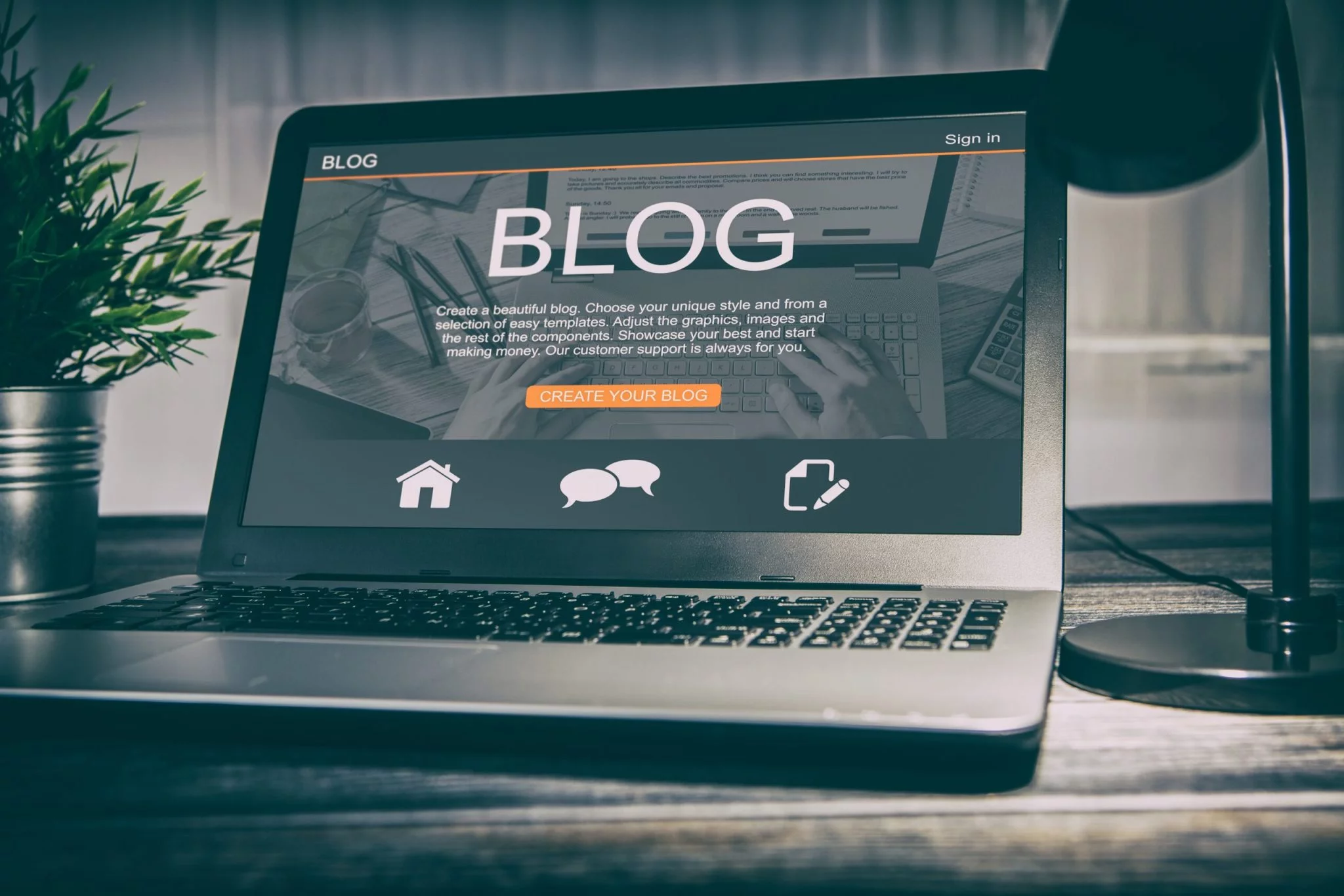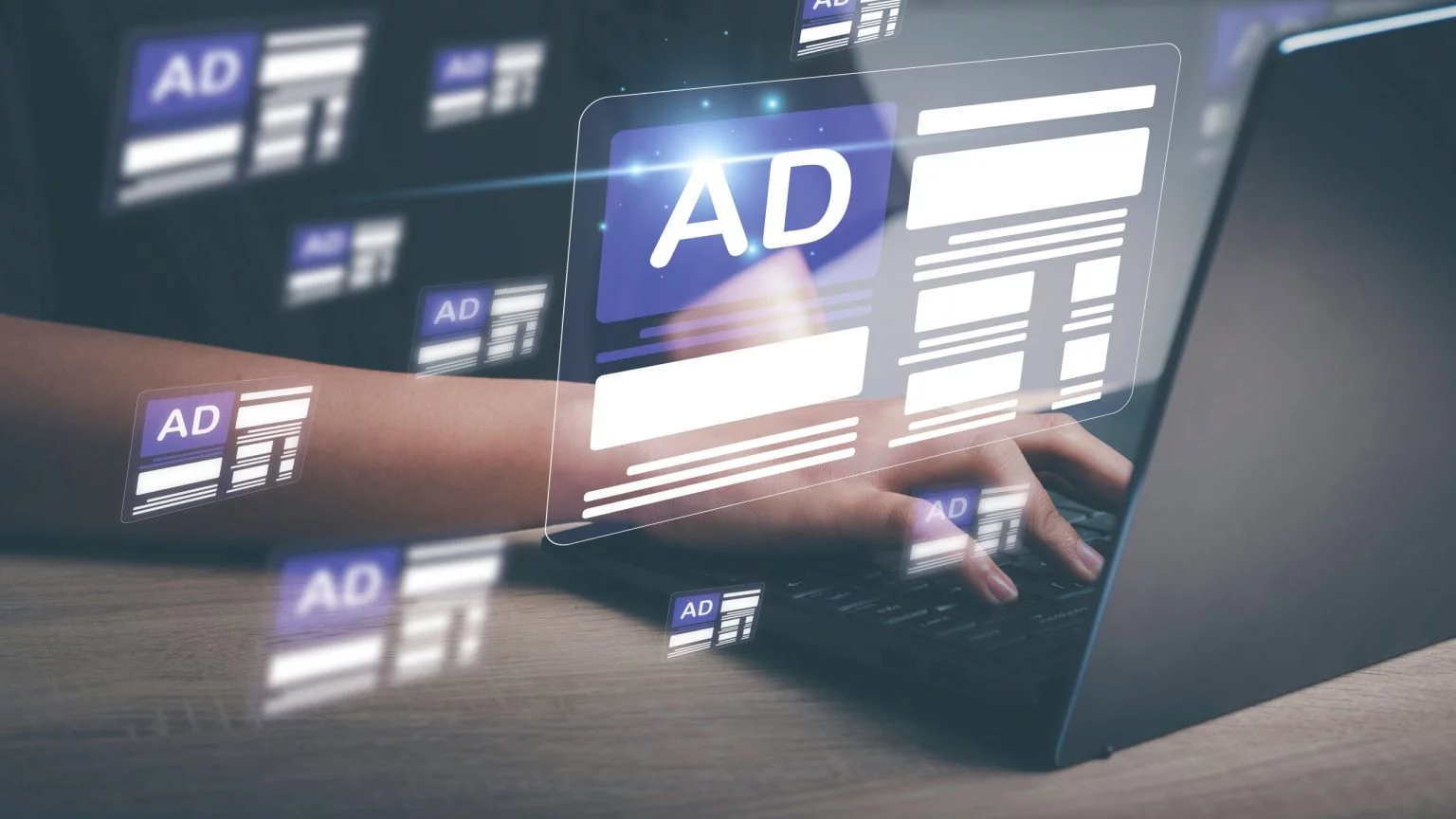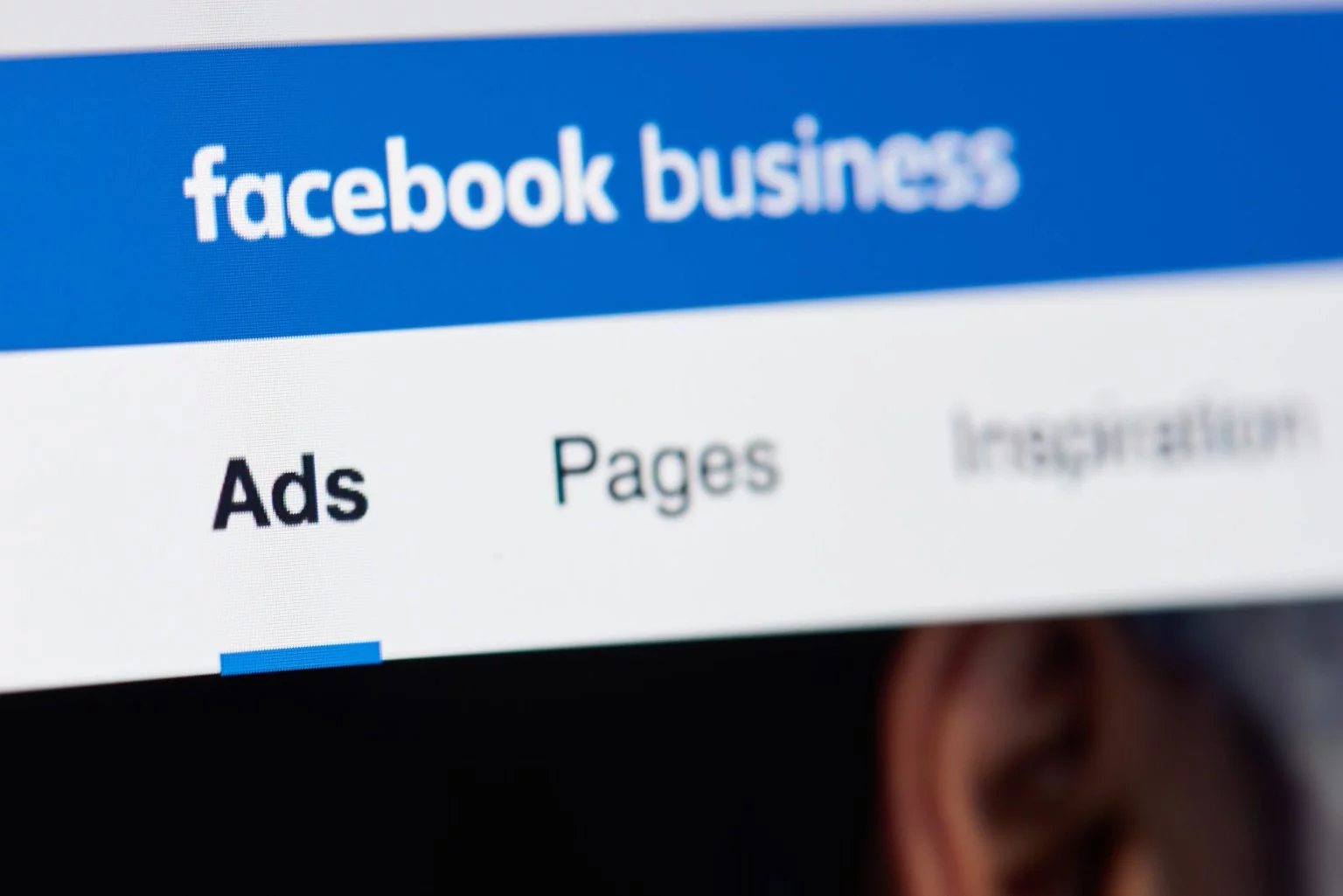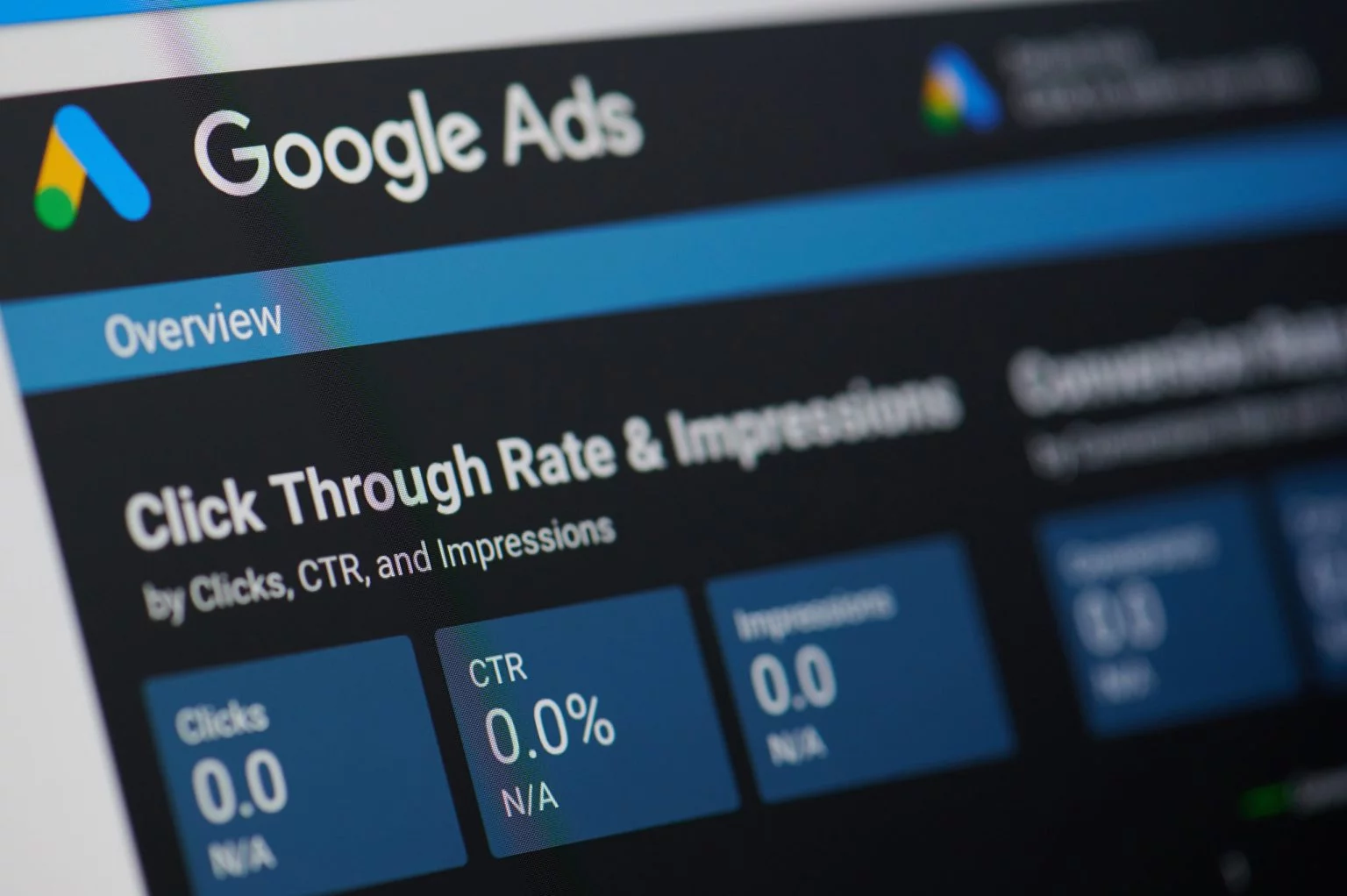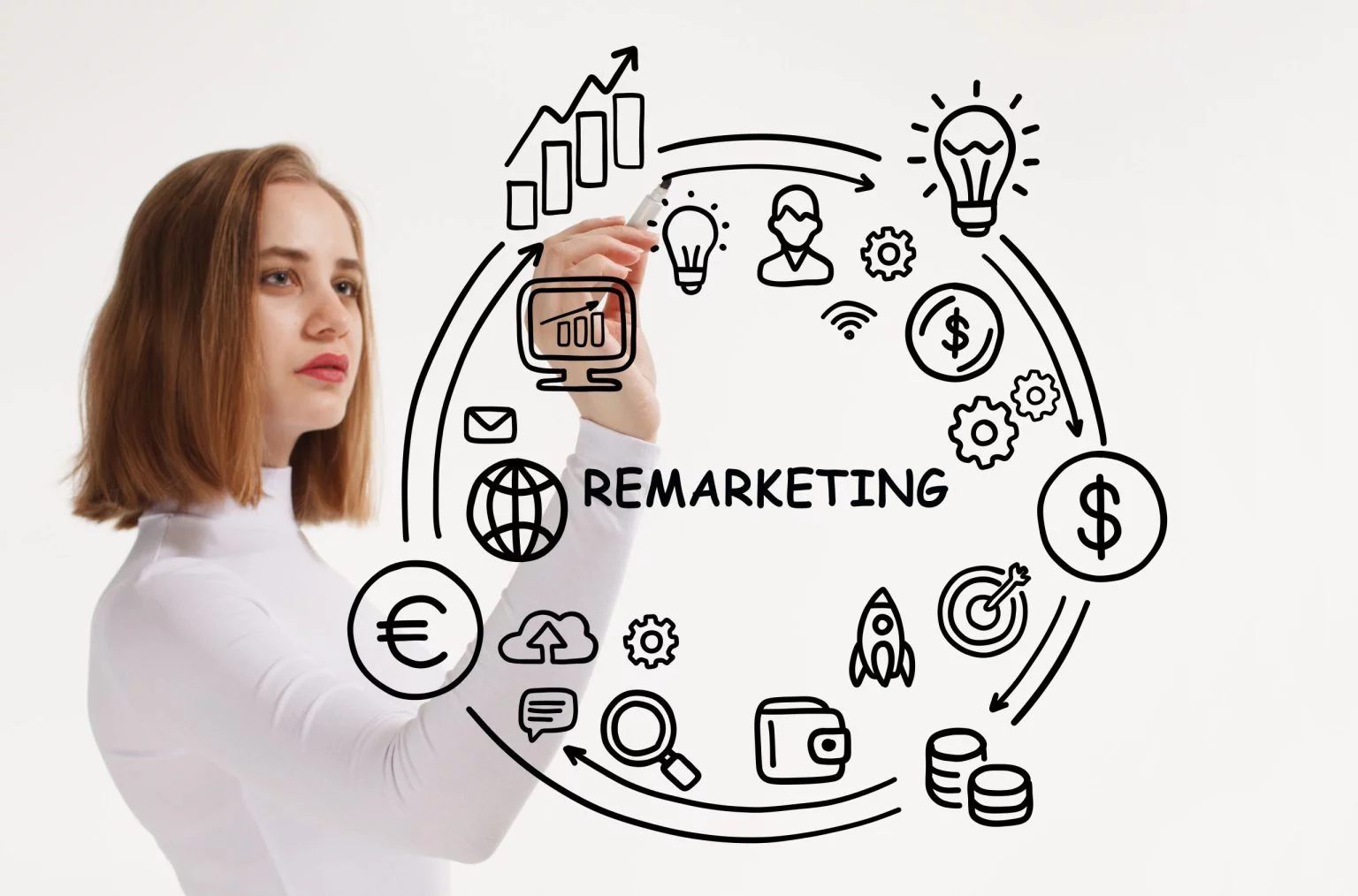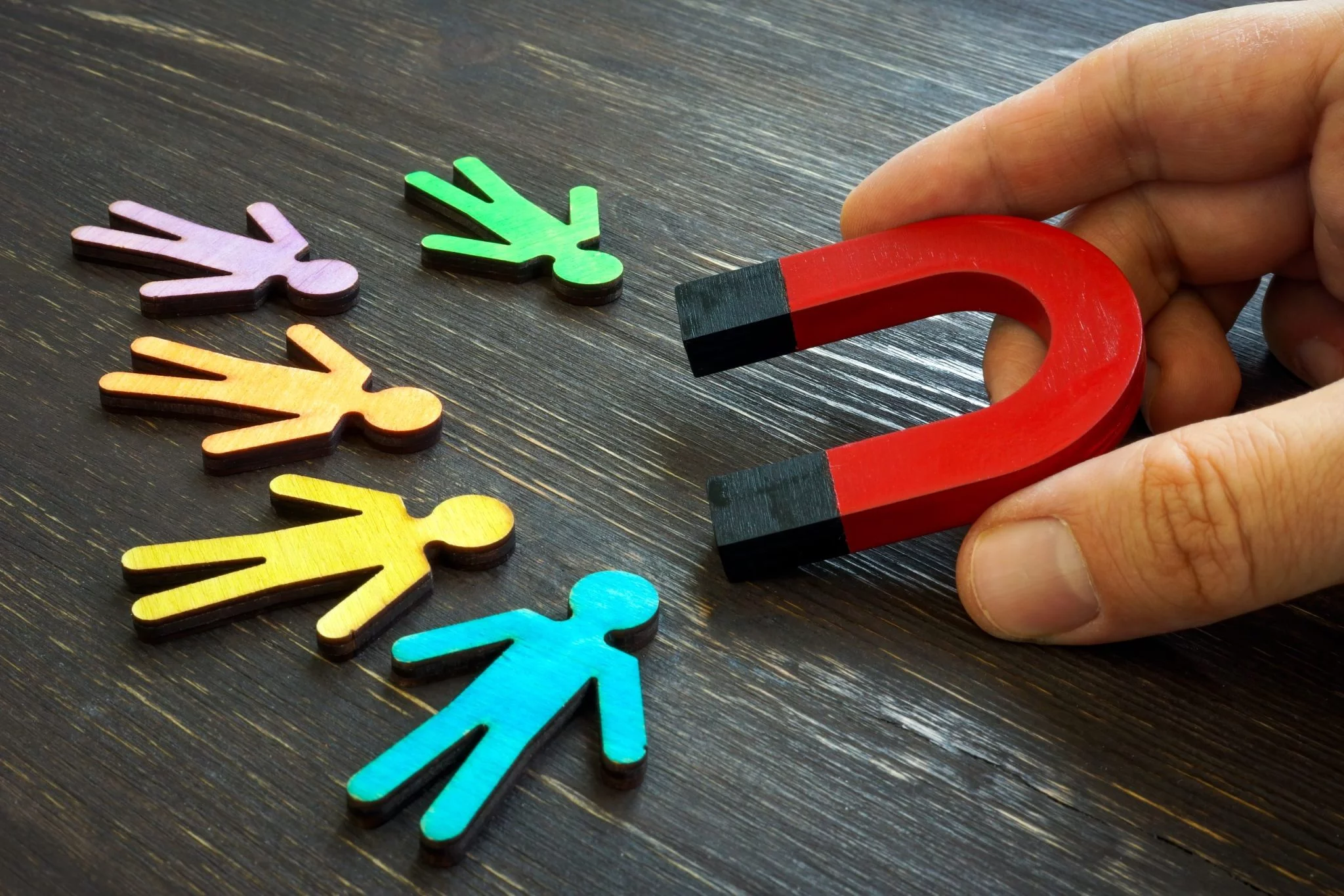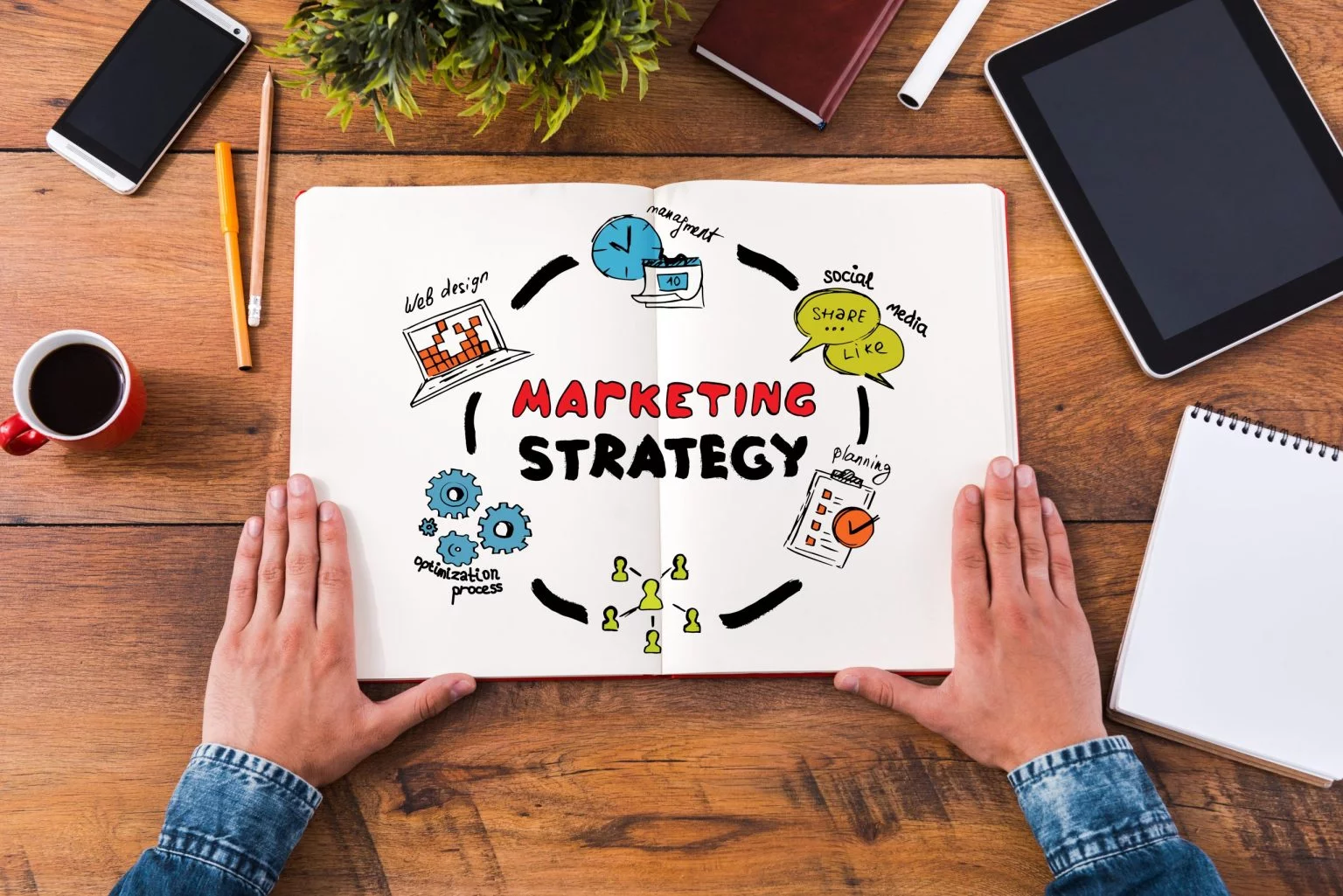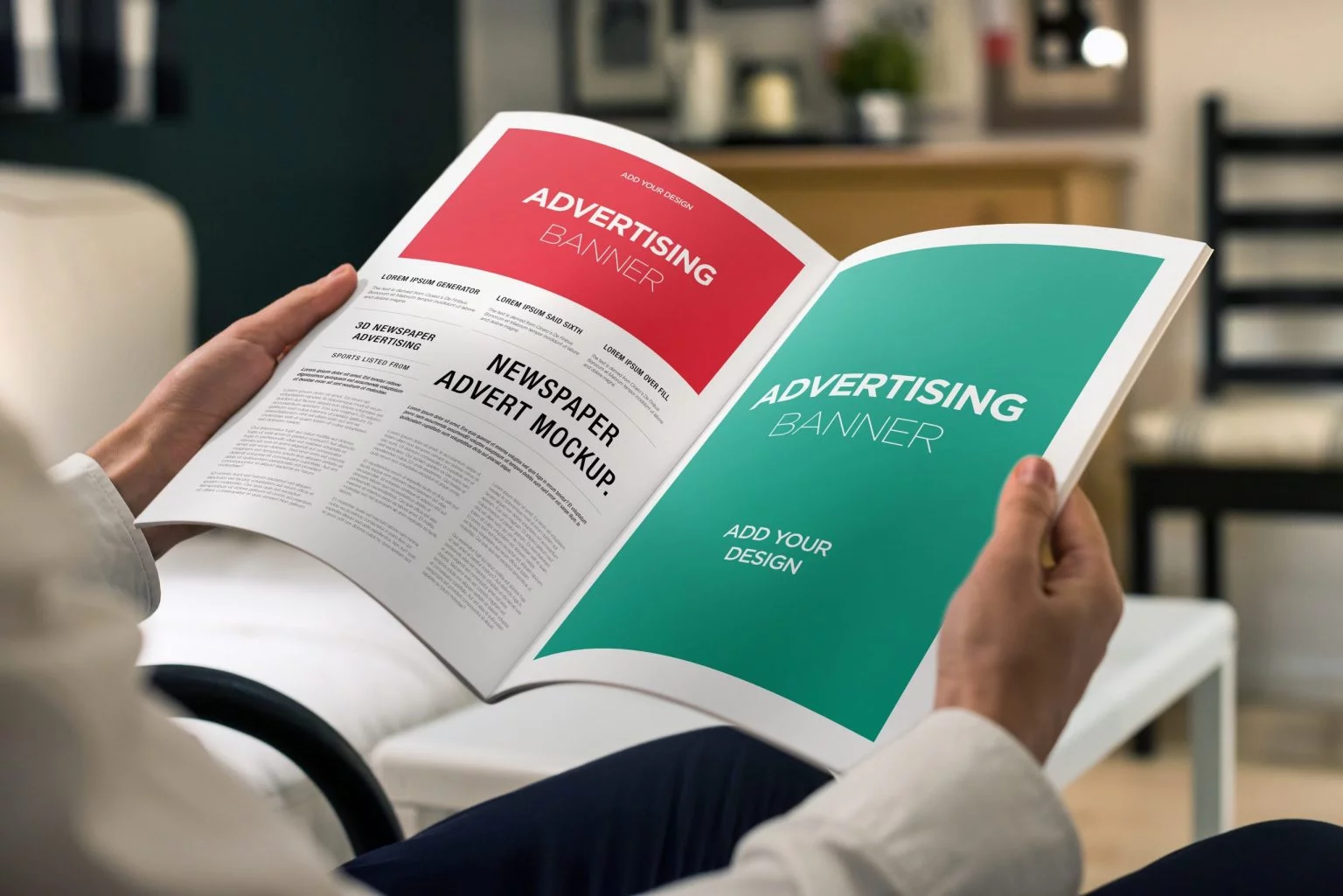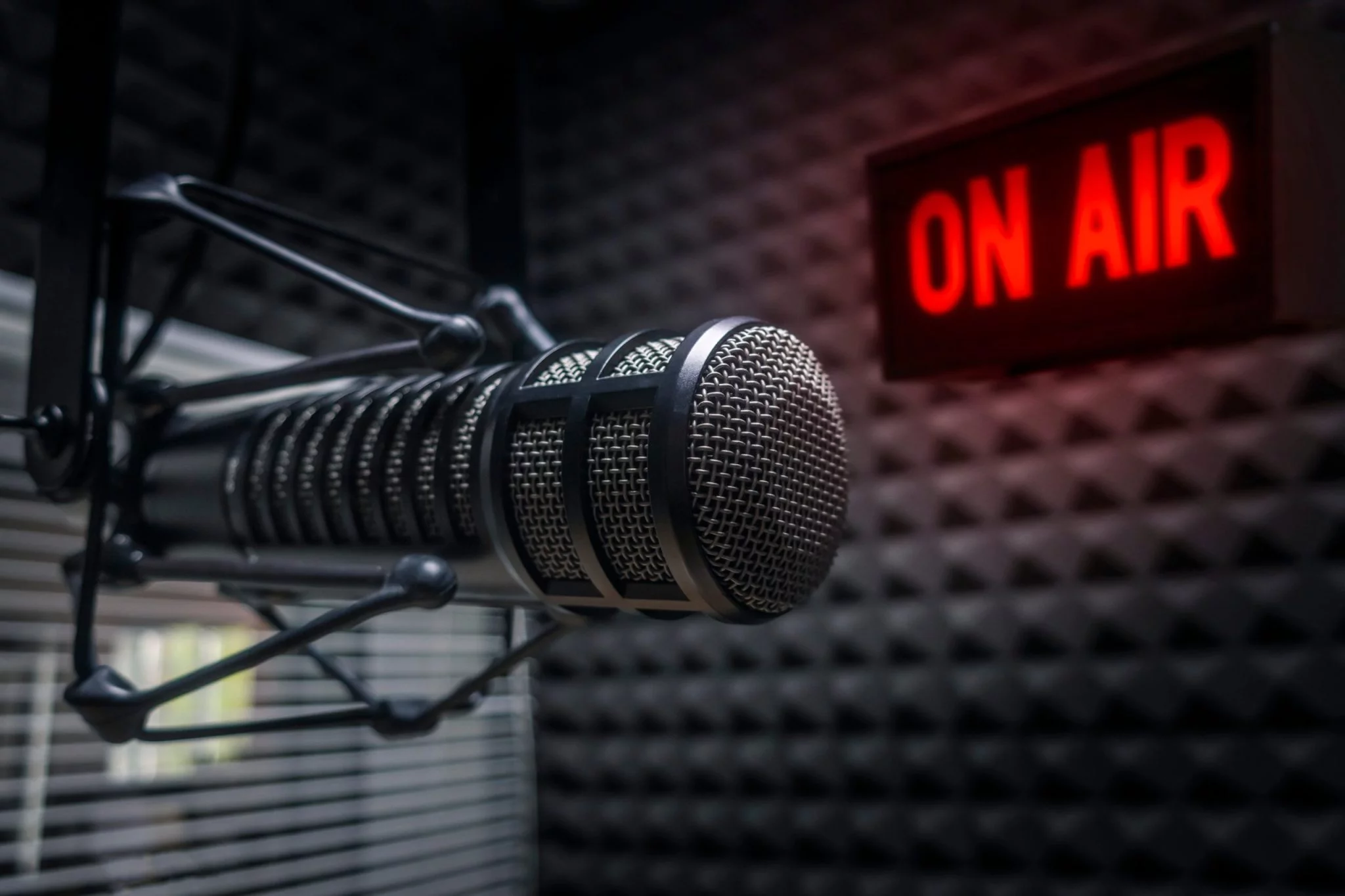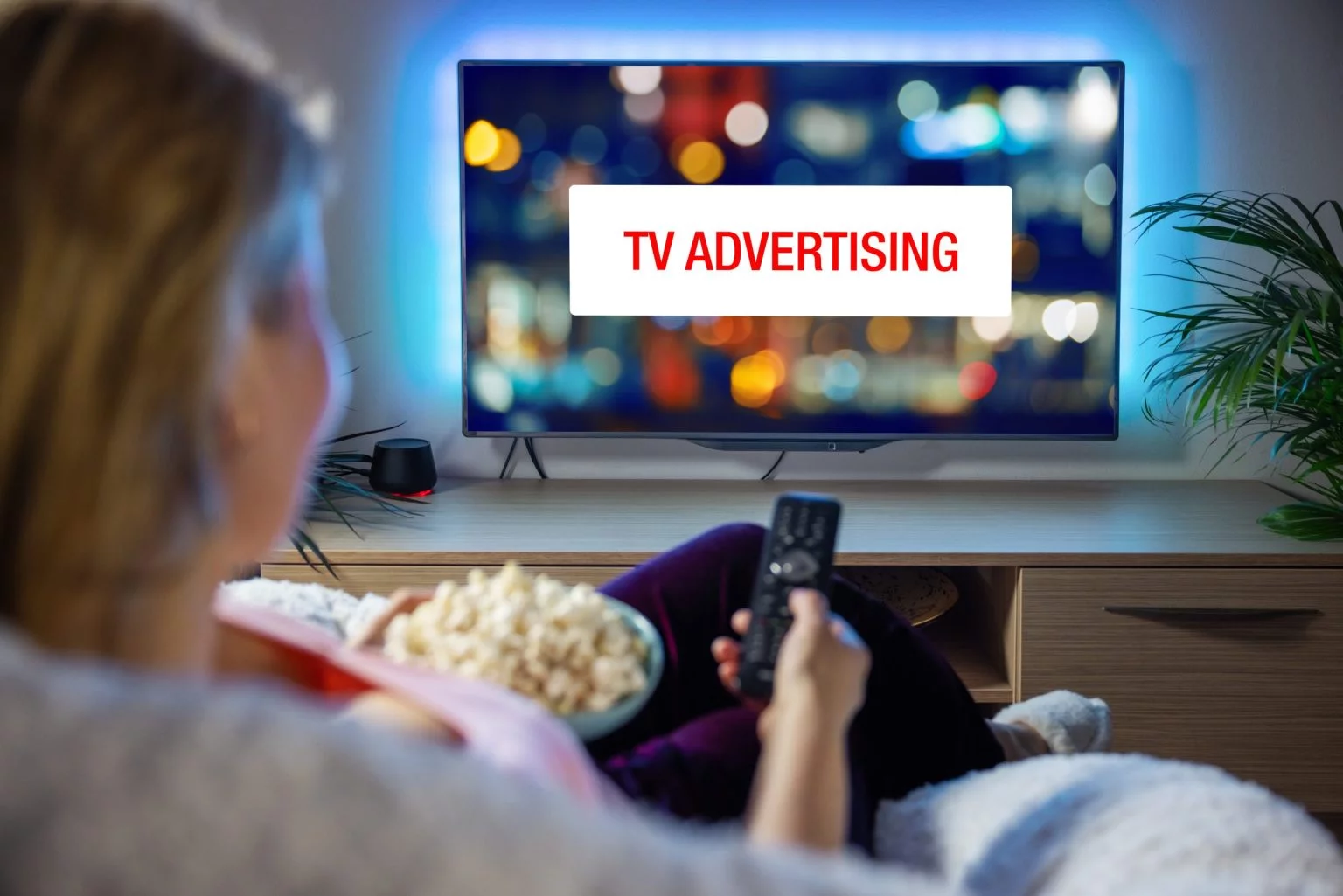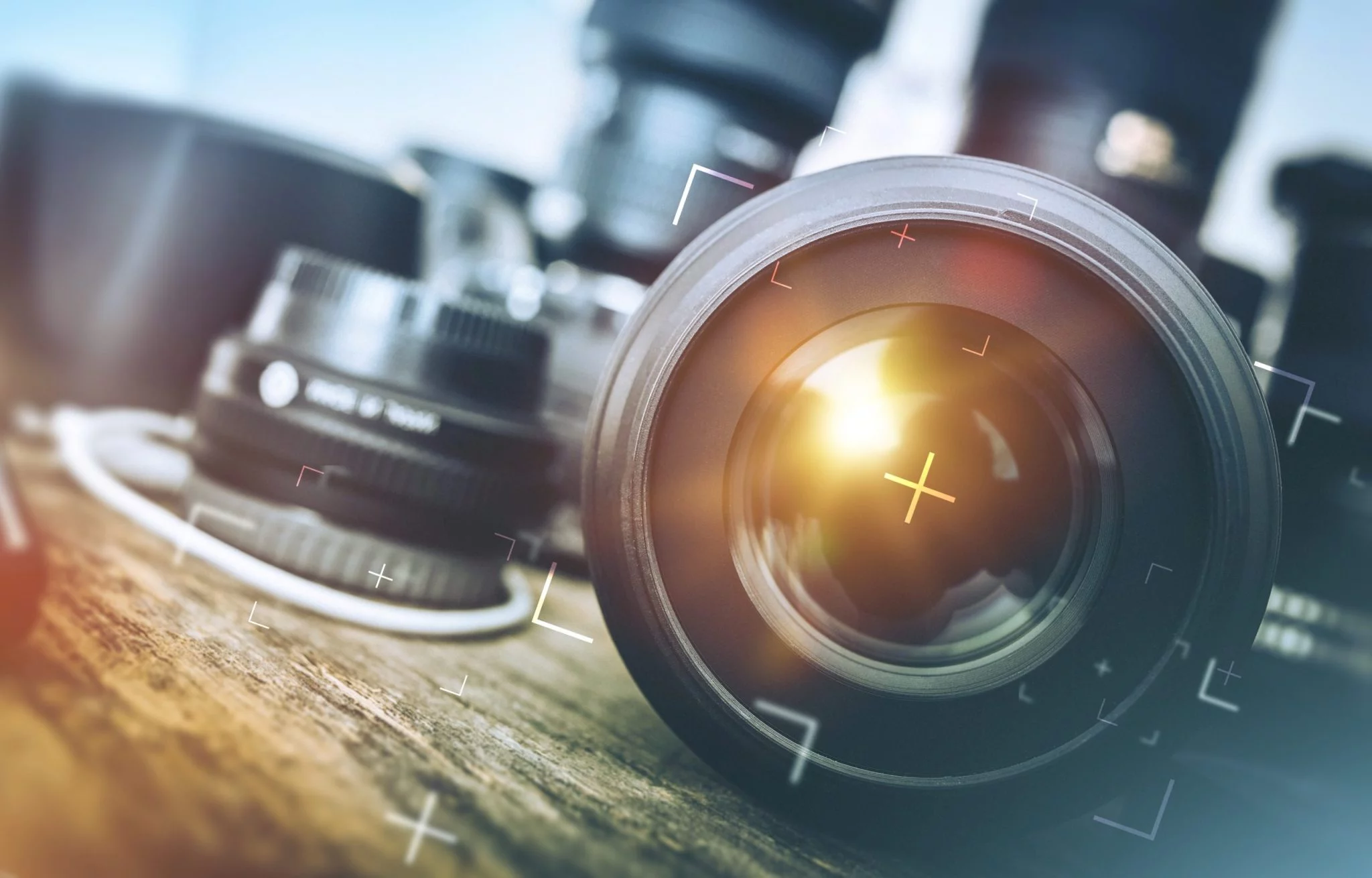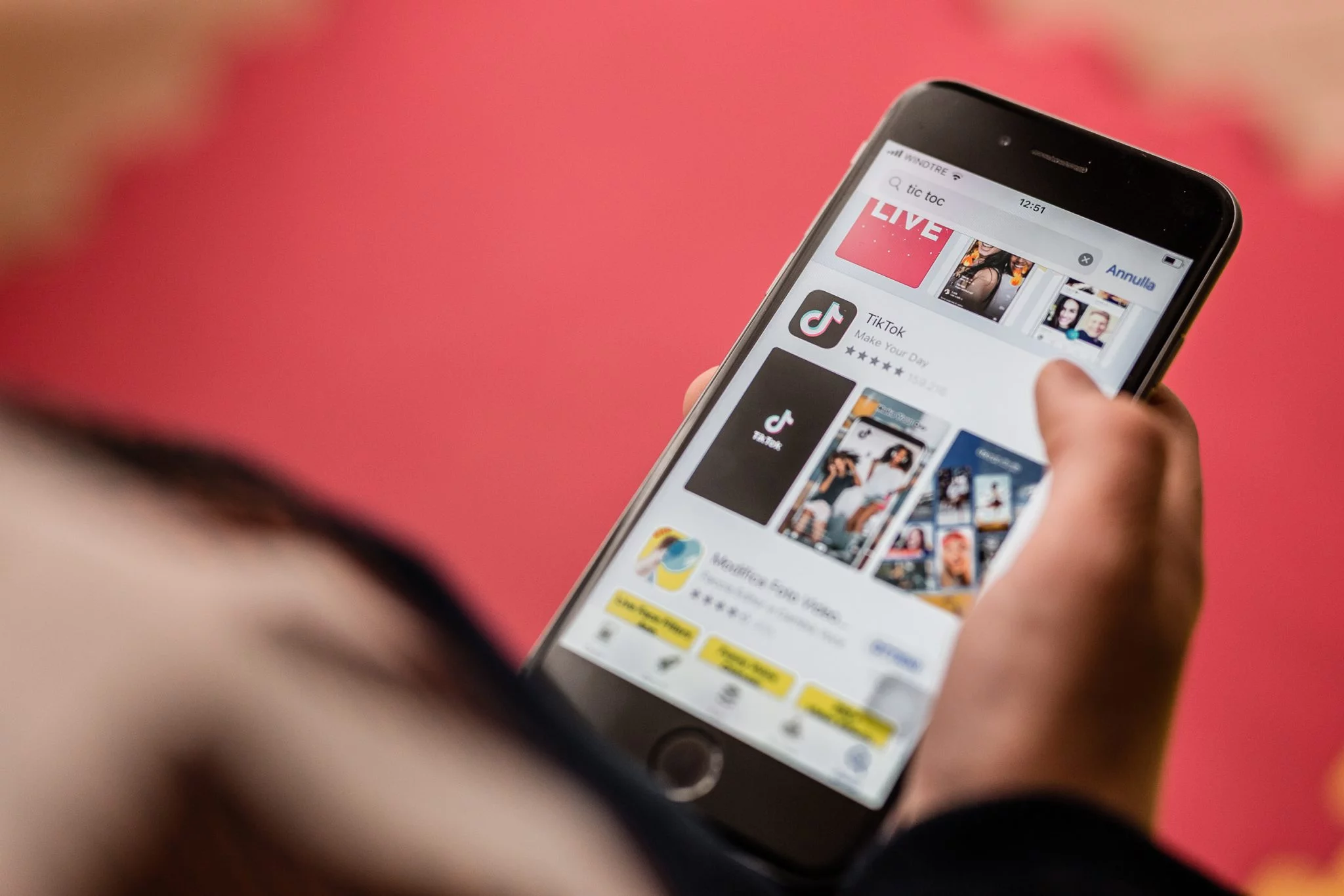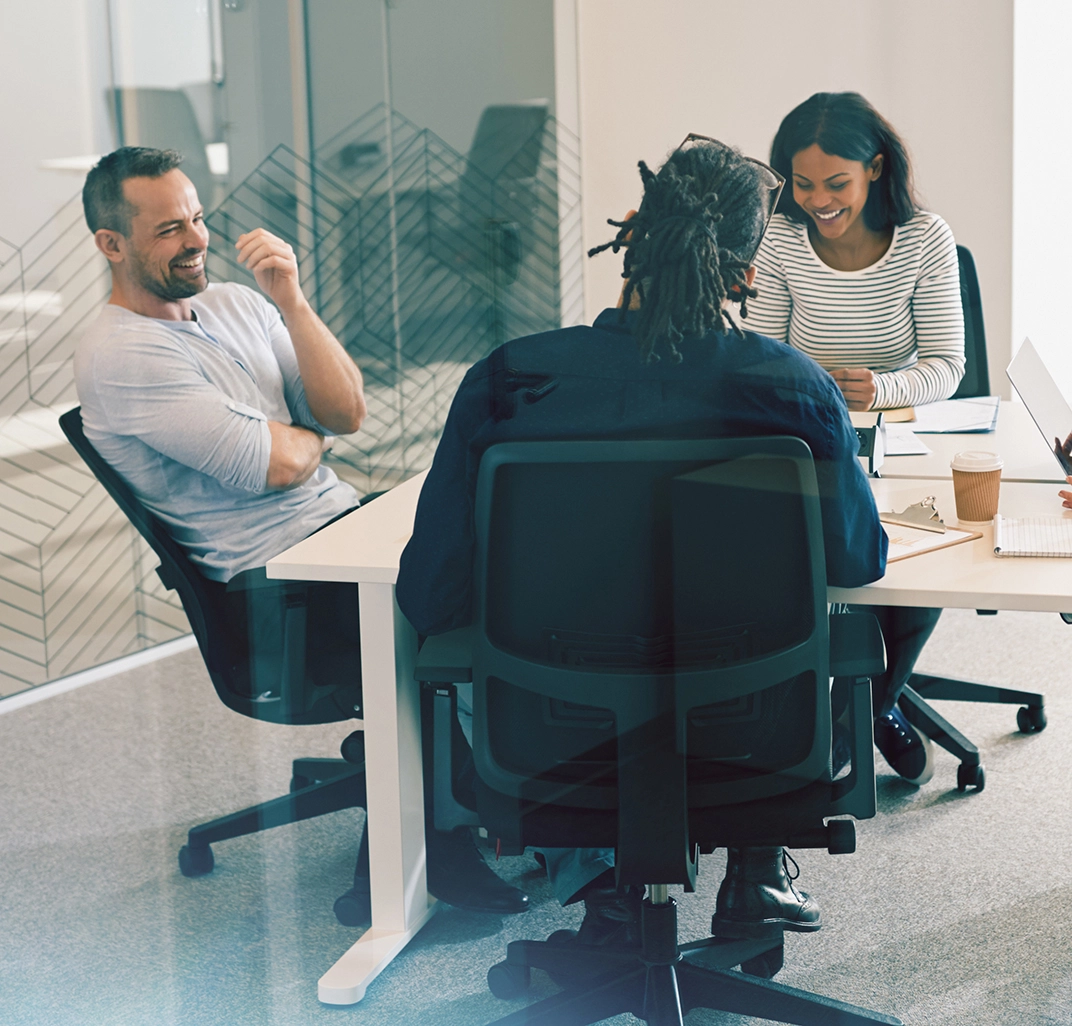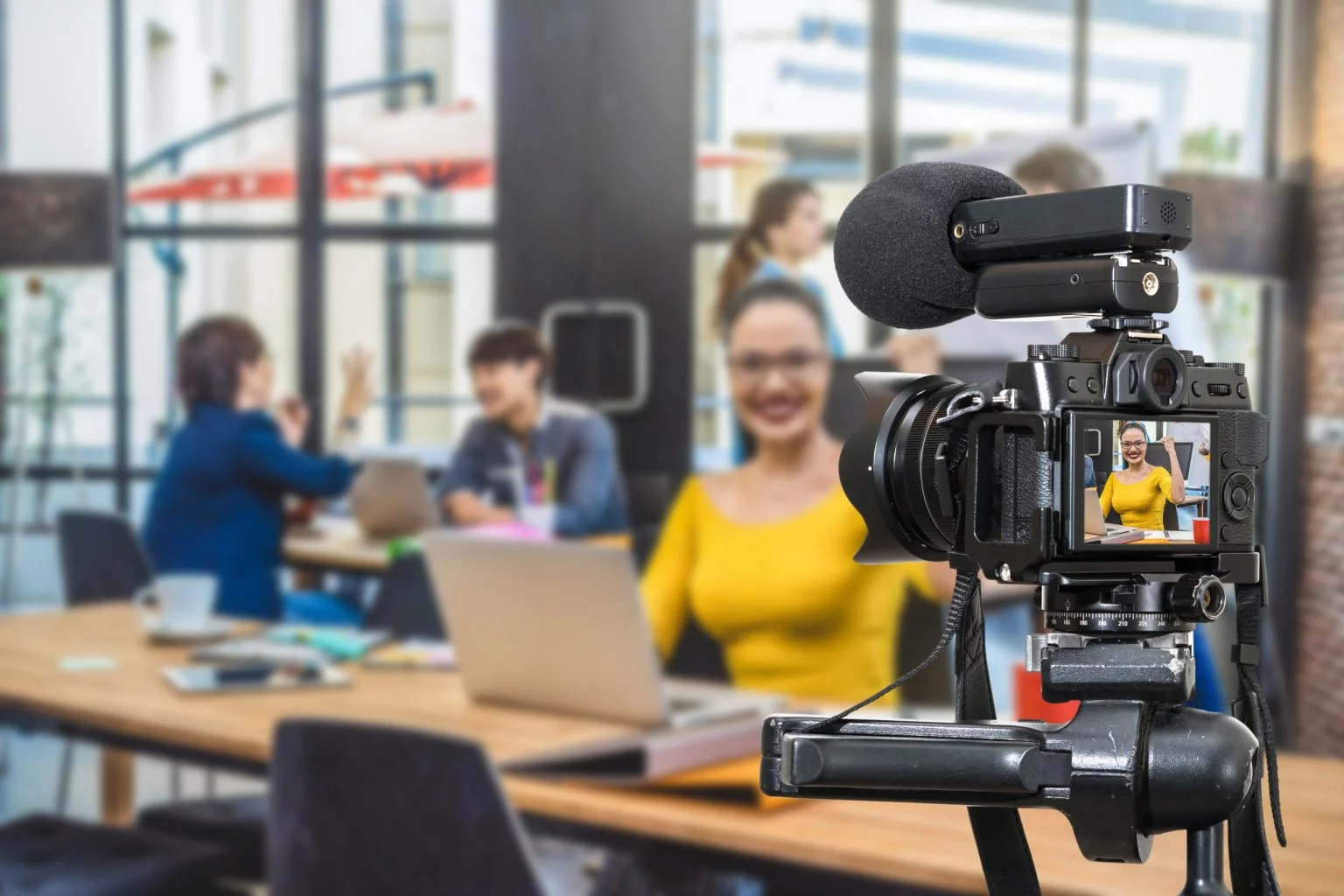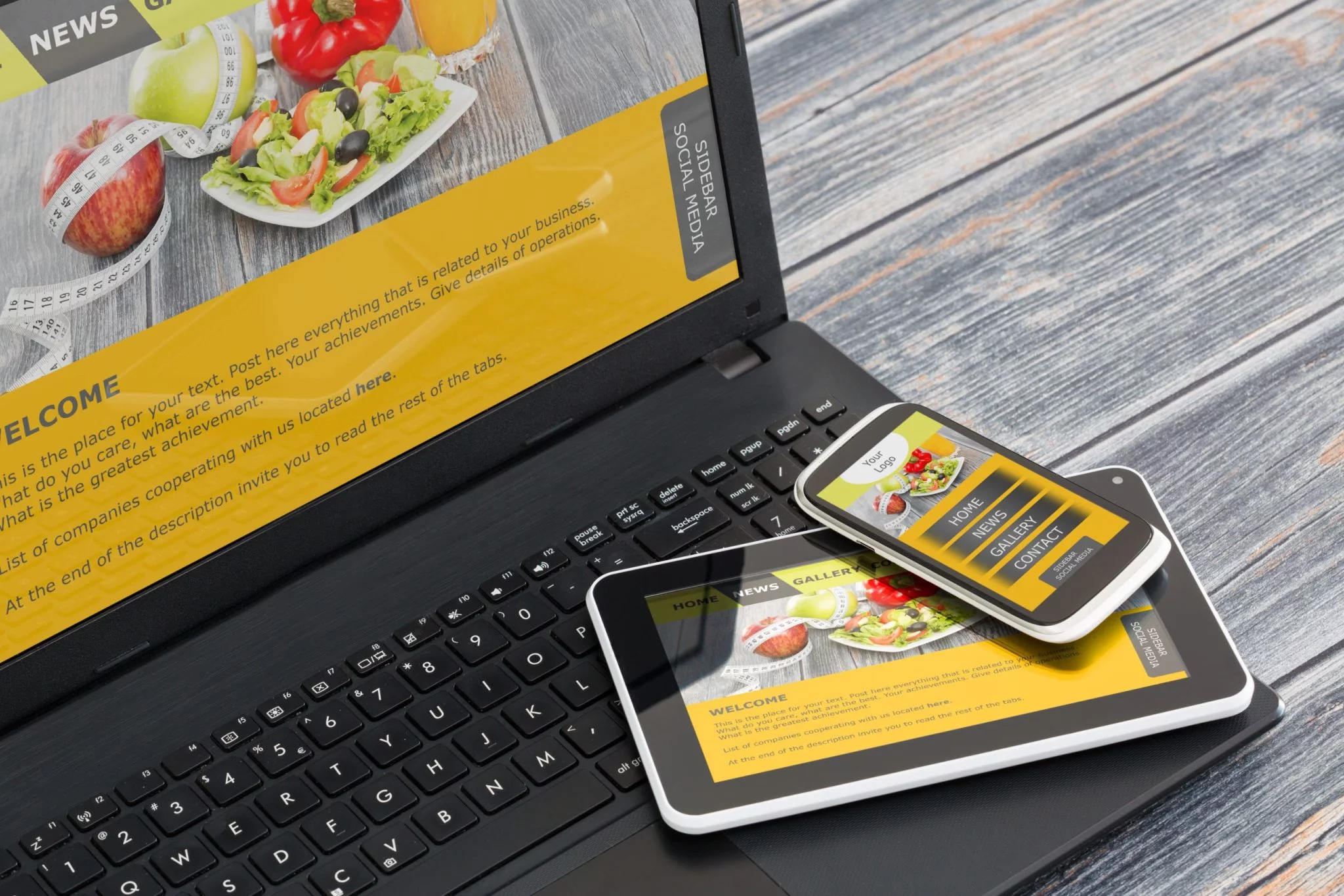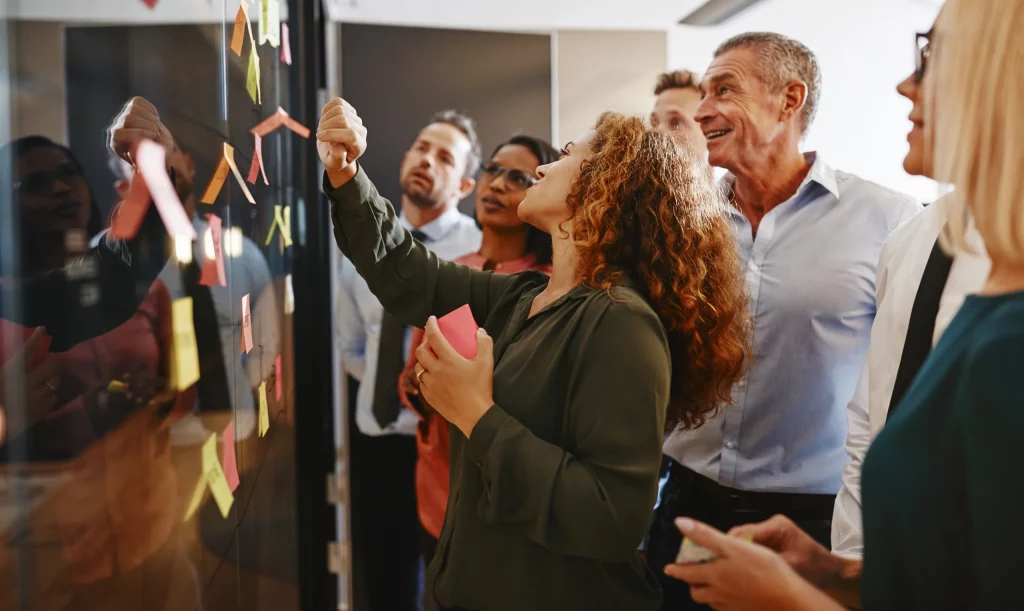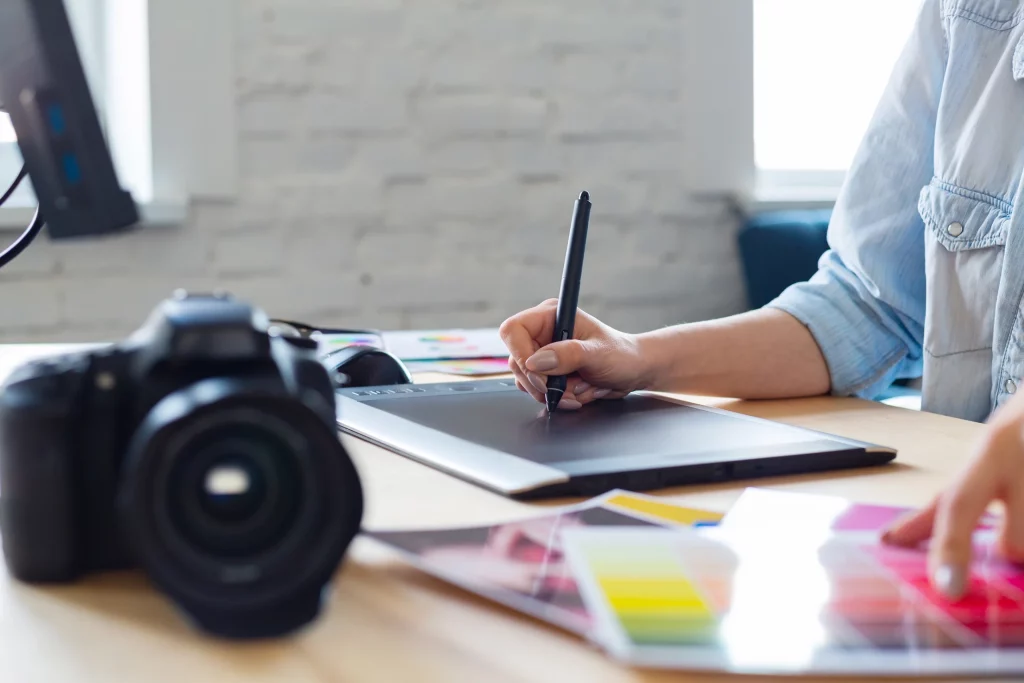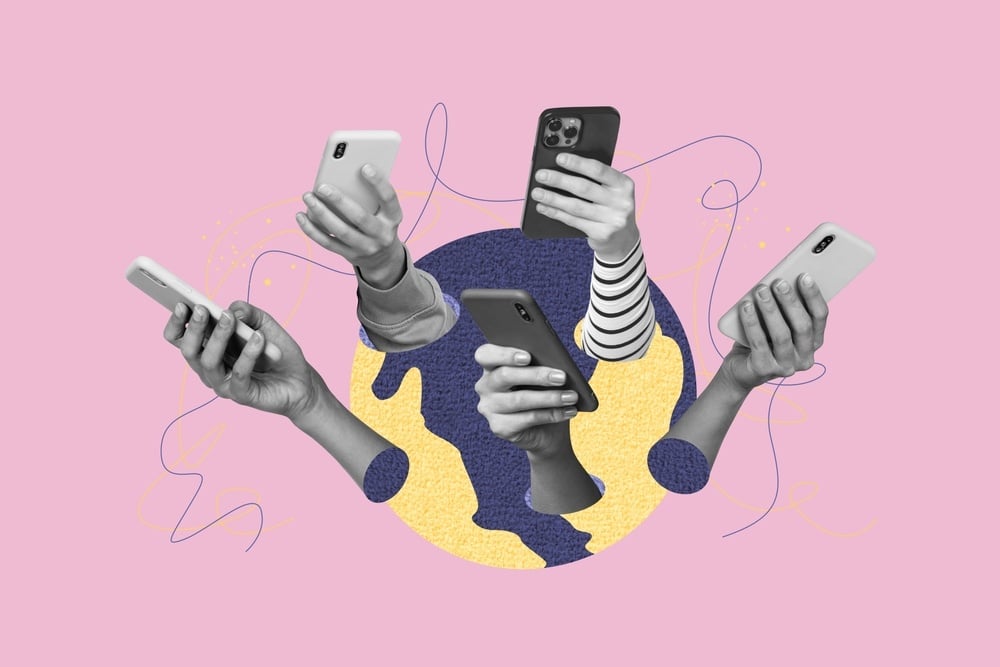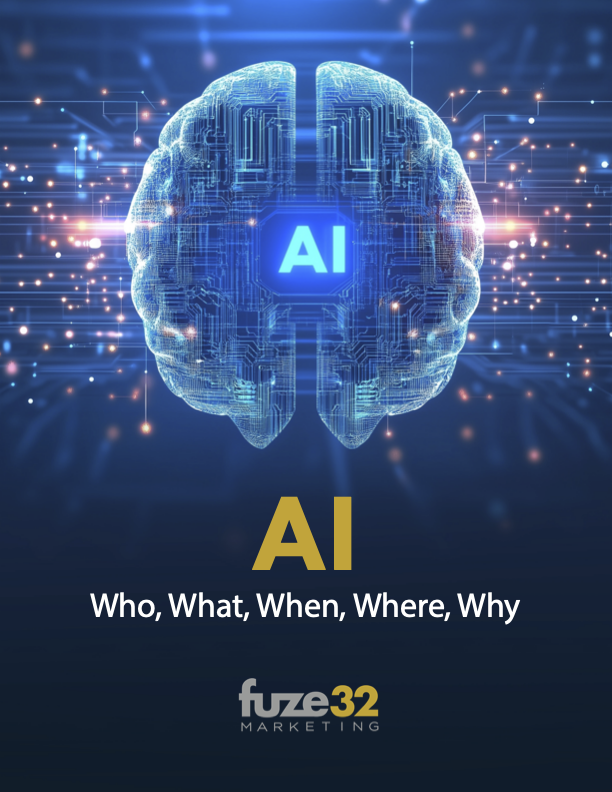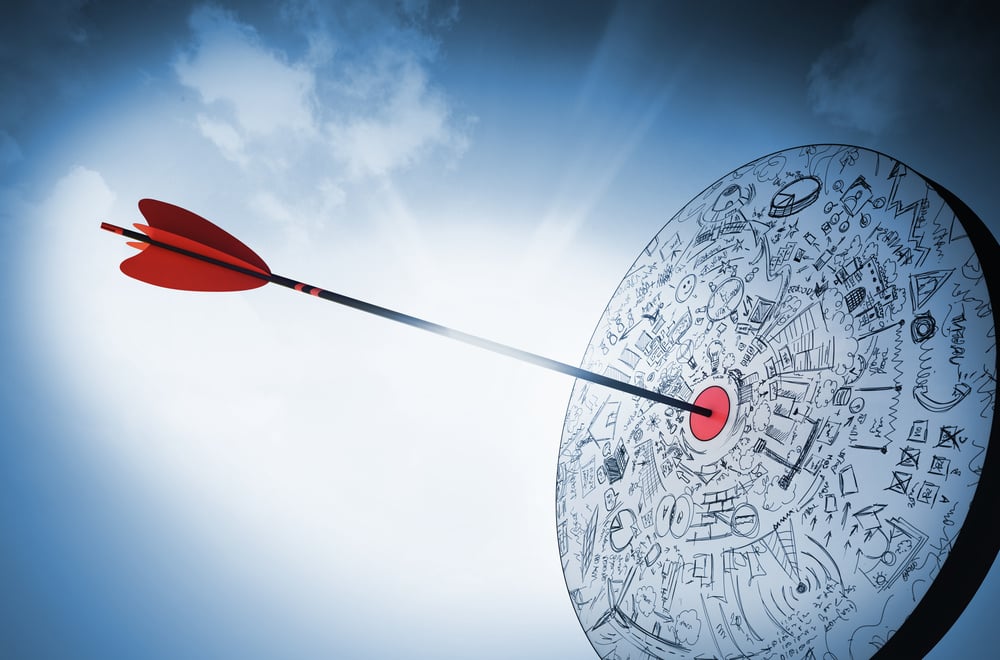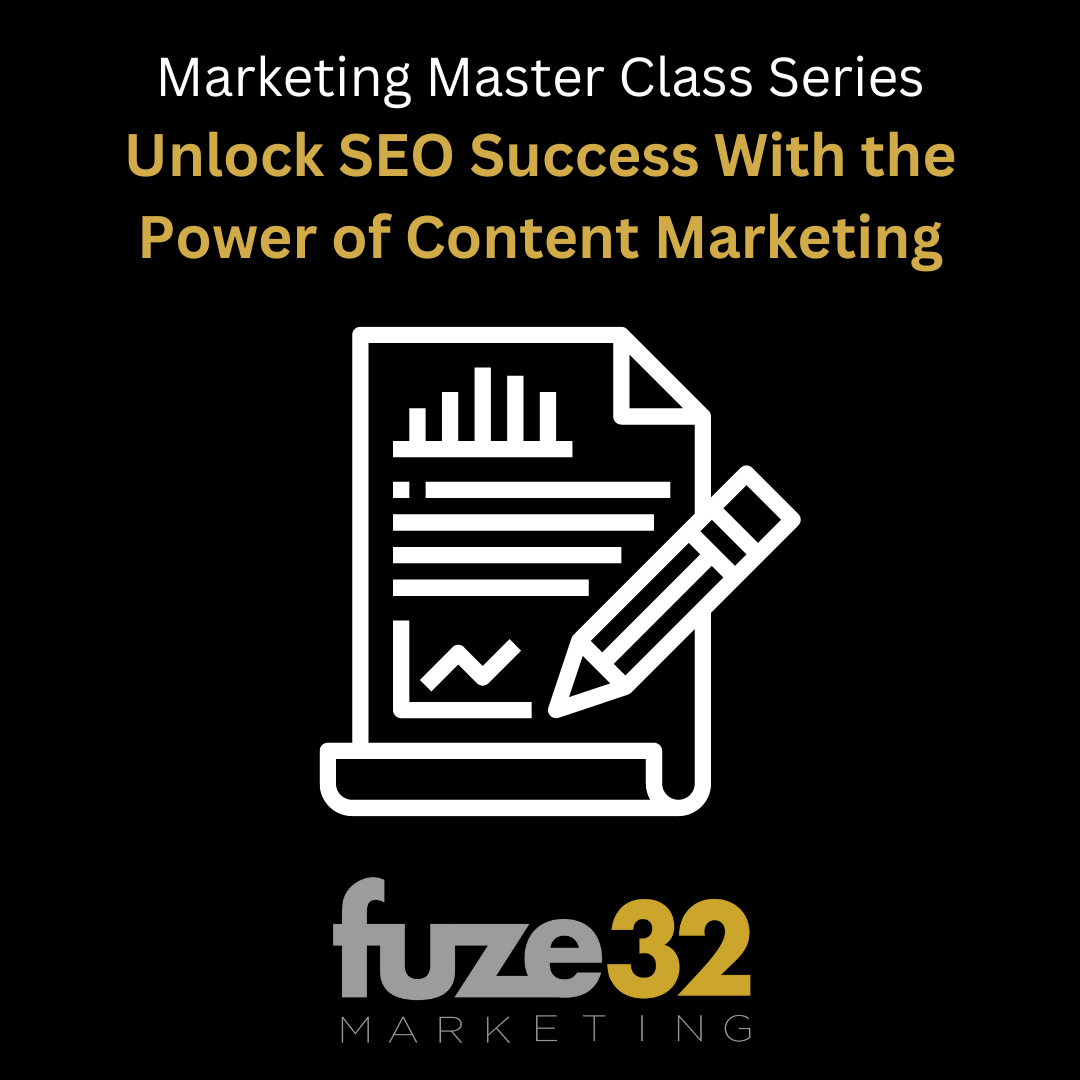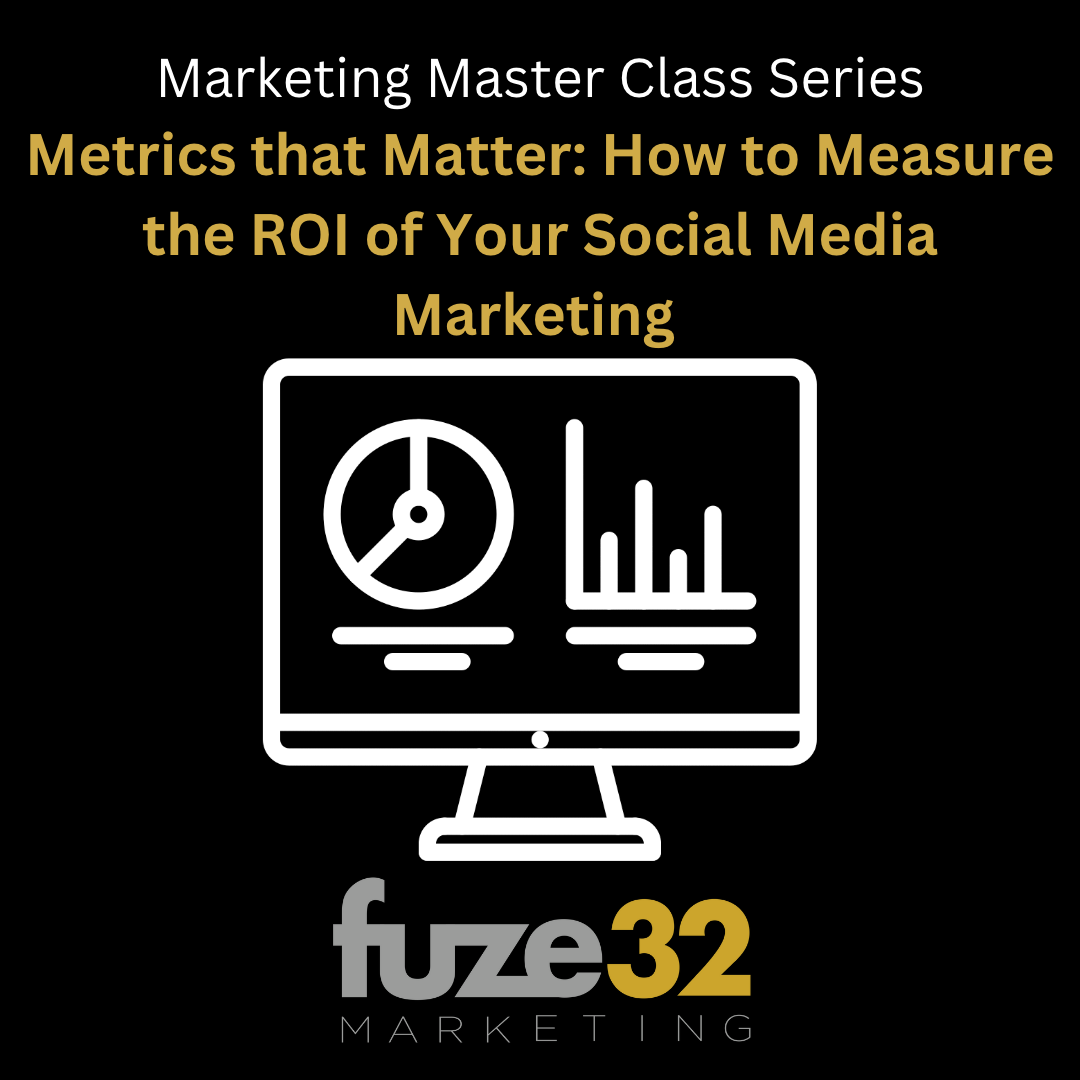Sometimes the most efficient marketing strategy you can use is to leverage the resources you already have. We find that many businesses have an email database: names they've collected over the years from events, trade shows, networking, online interactions, prospect lists, and more. It's not doing you any good, however, if you don't use it. Email databases can be a goldmine for prospecting provided it is used correctly. Here to get you started are 10 of the best ways to create an effective and stackable email marketing campaign for email using an inbound marketing strategy.
1. Identify Your Target Audience
This is a biggie. If your target audience is not everyone that you are selling to, then it will not include everyone. For example, let’s say you want to attract middle-aged women who wear gold jewelry and own a pug. This is a very specific demographic and can easily be a target audience to generate leads for an inbound marketing campaign.
Typically, your target audience will be a slice of your total customer pie. Four ways to highlight a targeted segment of your total audience are through behavior, demographic, geolocation, and psychographic data. Sociodemographic data including income level, housing type, and job status also speak volumes about a target audience. Look at this data from the perspective of who you are hoping to attract with a particular inbound marketing campaign.
2. Clearly Define Your Goals
Goal setting for inbound marketing strategy starts and ends with the concept of SMART goals. These are defined as Specific, Measurable, Achievable, Relevant, and Time-bound. Originating in the early 1980s, the SMART goal plan is ideal for marketing managers. Companies have been using this method for goal setting ever since. Each goal has to meet these five criteria before being approved. The process of strategizing and goal setting keeps the entire team on track. Start your email campaign with an end goal in mind. What do you want to accomplish? Then work backward to set up the structure of your campaign so that it guides readers toward that goal.
3. Run A/B Tests
An A/B test compares two variants in an inbound marketing strategy. These could be headlines or subjects for an email or the headers on a series of blog posts. By running more than one leading headline for an ad or popup to see which is going to be more effective with the audience, you naturally improve your return on the ad by at least 25 percent. You also create a running list of second-best email subject lines and content subheadings that can be repurposed in later email content. Test to see which option gets the best result, and then use the winning format as a template for your email campaign.
4. Segment Your Email List
A segmented list of emails serves an important purpose. Segmentation breaks down and streamlines emails via data points and customer personas. Begin to slice and dice your database based on who you want to target and what particular message will best appeal to that audience. This allows your team to then send out email content directly to the most appropriate audience. You ensure that the audience is most likely to open and read, and then use, the information in those inbound marketing emails. Segmentation can happen on many different parameters: the audience demographics, actions they've taken online, and interest they've shown in your products and services...to name a few.
 5. Timing is Everything
5. Timing is Everything
Timing is always the biggest key to marketing campaigns – always. Maybe it’s a seasonal objective, or perhaps your team wants to meet a deadline for attracting new customers. Whatever your schedule for inbound marketing, it has to coincide with the marketing and consumer calendars. Sometimes you hit that nail right on the head, and other times you miss out completely. Test and see when your email gets the best results. For business-to-business, email open rates tend to be better Tuesday-Thursday. For business-to-consumer, it may be evenings or weekends. Do some research to find out the best time to send your email campaign for optimal results.
6. Use Eye-Catching Subject Lines
Do you want to buy a new mattress? Are you trying to get eaten by spiders? Here’s a little A/B test for you–which of these subject lines would you open first? This is the way to see how a subject line becomes an eyesore or a way to attract the attention of a customer. Remember, the goal of a subject line isn't to tell them what's in the email. The goal is to intrigue them enough that they are curious to open the email and read more. Track and see if different variables get better open rates: questions vs statements, emojis, personalization tokens, etc.
7. Include CTAs
Calls-to-action or CTAs are key to making inbound marketing work. After all, isn't the goal to get them to DO something once they open the email? A CTA is an invitation to take one more step. It might be to click on something, read something, fill out something, download something, call someone, email someone, text something, etc. Also, it is important to include a call to action at the end of every email that you send out - but you want to avoid CTAs sprinkled all throughout the email body. This creates spam-worthy content that looks overstretched and tries too hard to attract the customer's attention.
8. Make it Personal
The most exciting emails feel like they came from our own minds. You really want to get into the heart and soul of the customer. This is done by becoming personal. Be personable and show some emotion. Most email marketing platforms enable the use of personalization tokens where the email will automatically pull a person's first name or the name of their business into the body of the text, giving the reader the sentiment that the email was written specifically for them.
9. Encourage Skimming
Skimming is the art of reading over an email very quickly. We don’t have enough time in a day already. Spending it opening and reading emails is asking a lot of customers. Therefore, make your emails skimmable by breaking down content in a variety of ways:
- Use headers to highlight the main topics of sections.
- Use bold or italicized, or even underlined, words to help readers skim over emails until they find the information they need or want to read. This saves everyone time as you are highlighting facts and reducing time spent reading the nitty gritty.
- Keep text to a minimum. Resist the urge to include too much information. Remember the goal of your campaign? Give them enough information that you can invite them to take one more step. Studies show that if the email is too long, or difficult to skim, people will close it and not go back.
- Use the basic formatting functions when typing, and include ample white space throughout the text. Breaking up the text every few sentences helps here.
10. Create a Calendar for Your Emails
In inbound marketing strategies, timing is critical. You are also facing a mammoth load of work by sending out emails for marketing. Getting these emails out to the right audience requires strategy. A calendar, and generally speaking a digital calendar, will keep all of the strategies focused and on schedule. Additionally, calendars are perfect for organizing team members who are working on an inbound marketing strategy. By tracking things like open rates and click-through rates (CTR), you'll be able to scan your calendar and tell which dates had the best response and try to mimic that in future campaigns.
Contact fuze32 for Email Marketing Strategy
Ready to explore more about email marketing strategy? Contact fuze32 to talk about your emails and the content you want to send out to a target audience. We look forward to working with your company on inbound marketing goals and creating a personalized strategy for your company.



.webp)
